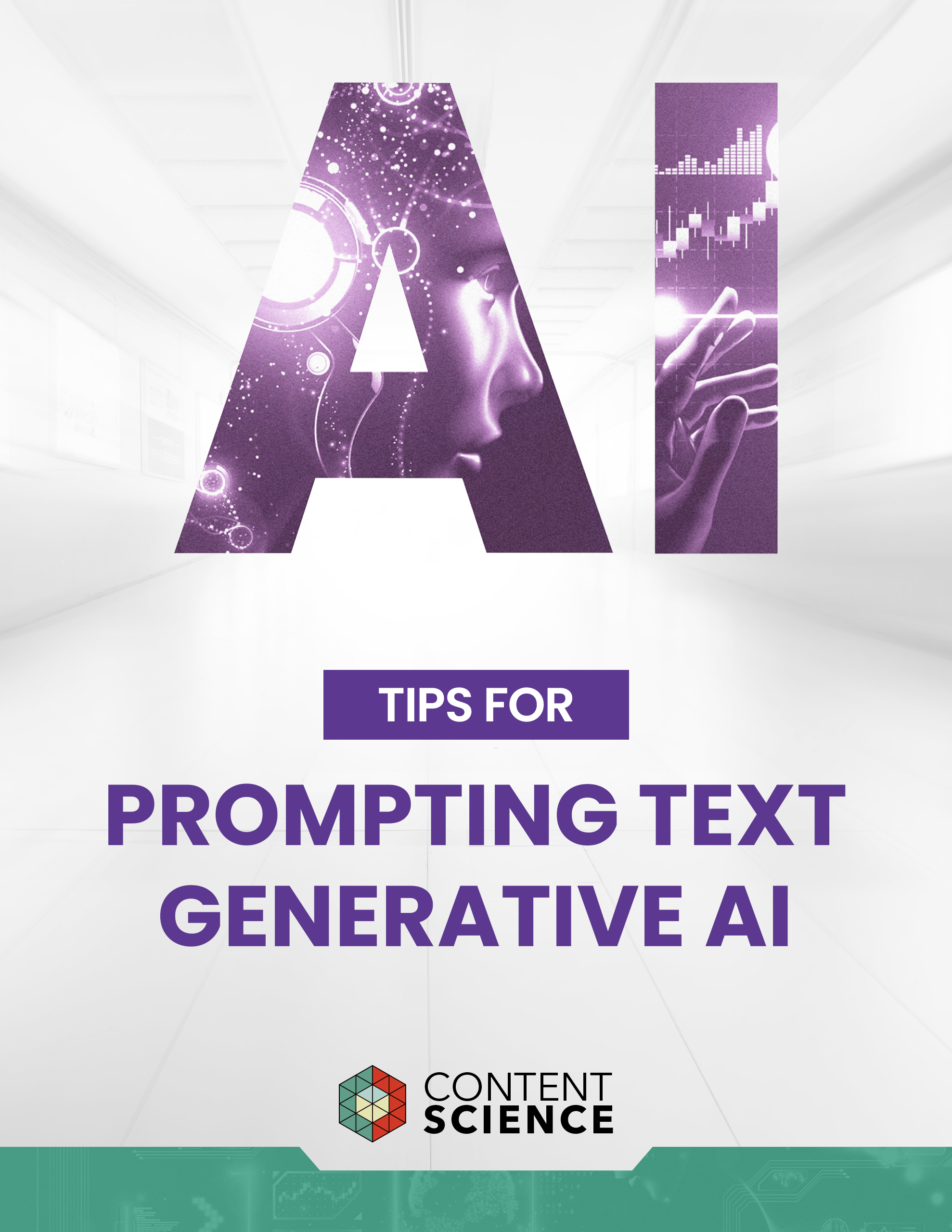
At this very moment, some college administrators or board members are declaring what they believe is the obvious, simple solution for every marketing, enrollment, fundraising, and demographic challenge facing higher education institutions everywhere.
“We just need to tell our story better.”
Almost simultaneously comes the faint sound of higher education marketers and content creators everywhere joining in a collective face-palm.
While not without merit, the vision of “telling our story better” too often rests in beautiful homepage centerpiece images, profuse press release production, full-page ads in the The Chronicle of Higher Education, thank-you-for-giving videos, social media takeovers, and a constant flood of emails to anyone who may have ever used the word “college.” Official materials and channels—even coordinated, thoughtfully crafted ones—rarely tell the whole story of the people, the place, the work, and the experience. They can’t. To borrow from the Disney Institute, everything speaks, not just what you choose to say or even how you say it.
Colleges and universities face the reality that every audience interaction, active or passive—what people read, hear, say, see, touch, experience, feel, remember, know, or even what they think someone said they know about a school—shapes perceptions. With audiences from the youngest elementary school students to the oldest alumni and everyone in between, experiences vary wildly. Coordinated messaging and omni-channel approaches aren’t enough. What we need is integrated marketing.
Integrated marketing demands that we seek every conceivable way to influence experiences to convey the higher order principles that drive the “why” we do what we do. It’s not solely the province of marketing and communications, enrollment, development or any single department, initiative, program, policy, or person. It’s all the things, all the time.
At Beloit College, we’re in the midst of navigating the idiosyncrasies of our 172-year-old institution and the complexities of higher education to implement integrated marketing. It’s hard work, and very much still in its infancy, but our efforts continue to show promise and unveil useful insights.
A Unified and Decentralized Brand
We took an intentional step toward integrated marketing at Beloit through “inside-out” brand development, seeking to first articulate unifying principles, values, and aspirations visible and expressed throughout the college. Shifting the focus from “what” to “why” allowed us to not only bypass the incongruities created by well-established autonomy and decentralization, but to also use the diversity of what and how we do what we do as testament to why it matters. Fortunately, the shift wasn’t an overly difficult one at Beloit. Over the past few years, the college has continued to refine and measure dimensions of student experience that, based on the findings of the Gallup-Purdue Index, point to experiences that contribute dramatically to going on to live a fulfilling life of purposeful consequence. Things like professors or staff that make students excited about learning, challenge them and mentor them prove to be much more important than the category of school students attend. And it turns out Beloit is really, really good at many of these things. We’ve taken these ideas and translated them into an internal brand document that is less guidelines and more guidance on how to speak to a persistent set of values that transcend internal hierarchies. It’s the lens for integrated marketing.
Mobilizing Leadership
Even with a shared and clear sense on why we do what we do, things didn’t just start happening. Integrated marketing has to be more than reframing what you already do. It needs intentional leadership and deliberate action. Working within our existing senior leadership structure at the college, we’ve oriented senior staff in working groups designed to explore and implement answers to questions about how we do our work that will significantly impact business outcomes through an integrated marketing approach. The specifics will evolve over time, but now we’re looking at things like how we can resource, design, use and activate spaces on campus to signal and advance our values; how campus visits, both programmatically and experientially, can better shape audience understanding of our value proposition; how our academic product reflects our values and can best serve our audiences; and how our digital presence can create demand for the college. Integrated marketing clearly marks the intersections of these questions and provides a consistent way to answer.
Educating the Subject Matter Experts
With senior leadership now moving with the same framework, we’re focusing on activating the network of subject matter experts—faculty, students, staff, alumni, parents…the list goes on—to take the same approach to their work. Does my departmental web page signal the right things, and if not, what types of content can I create to make it better align with the brand and get audiences what they need? How can my operational budget priorities best support the student experience? Are we organizing our student activity facilities in ways that encourage and cultivate relationships between students and faculty? What can we do in our information sessions to hit the right inflection points and get our audiences to interact with Beloit College in ways that foster the best, most authentic experience? What’s the right tone to take when responding to reputational challenges on social media? How do we frame financial aid content to alleviate parents’ anxiety about paying for college.
Through a series of workshops, brainstorming sessions, one-on-one conversations, and a handful of internal reference tools, we’re aiming to empower members of the college community to take ownership of the brand and find new, remarkable ways to express, reinforce, and celebrate why we do what we do. In some ways, it is as simple as “telling our story better.” We’re just redefining what it means to tell our story at Beloit College.
Events, Resources, + More
Workshop: Are You Ready for AI?
Is your organization really ready for AI at scale? Let the Content Science team guide your leaders through assessing 4 areas of readiness.
Course: Prompting Text Generative AI
Learn how to bring out the full potential of text generative AI to create impactful content from this on-demand course.
Webinar: Benchmarks for Content Effectiveness
It's not about more content. It's about more effective content. Gain tips based on Content Science's unique research + experience.
The Ultimate Guide to End-to-End Content
Discover why + how an end-to-end approach is critical in the age of AI with this comprehensive white paper.






Comments
We invite you to share your perspective in a constructive way. To comment, please sign in or register. Our moderating team will review all comments and may edit them for clarity. Our team also may delete comments that are off-topic or disrespectful. All postings become the property of
Content Science Review.